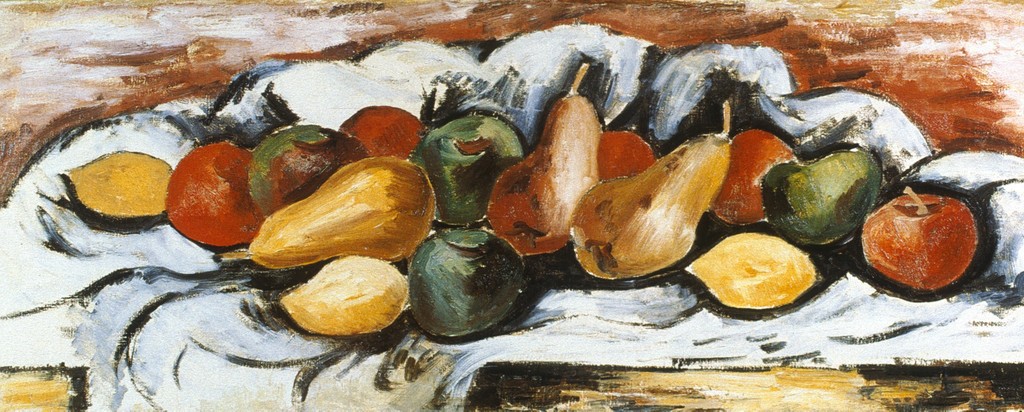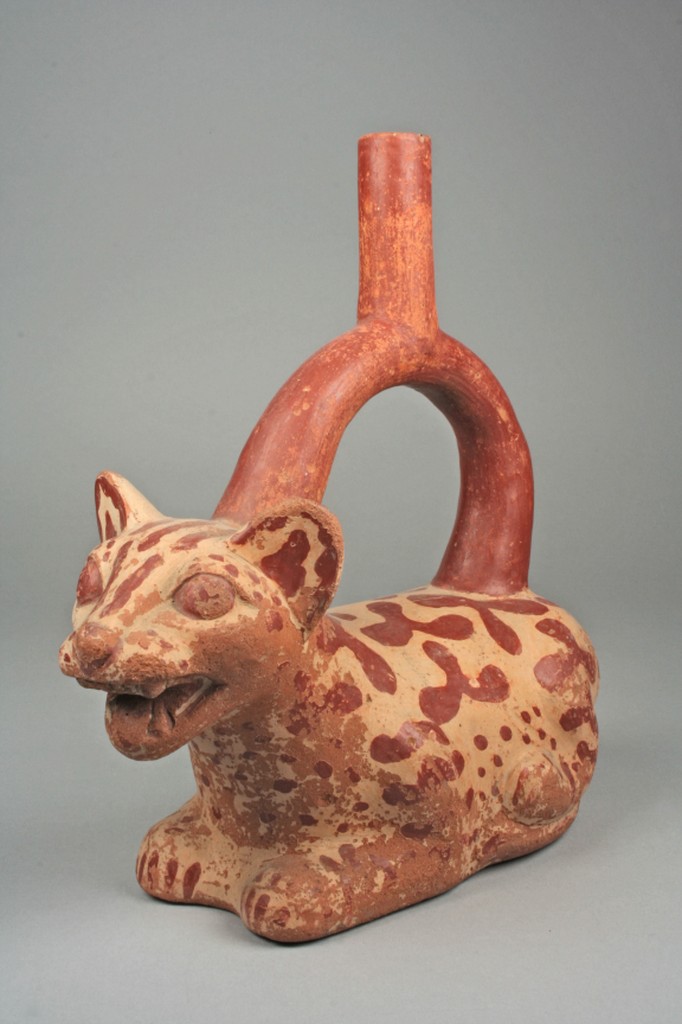Citing Images
Contact
Janet Wallace Fine Arts Center, AC 201Monday - Friday
9:00am - 5:00pm
visualresourceslibrary@macalester.edu
Image Citing Basics

MLA and Chicago Manual of Style (CMS) are common citation styles in the Art History field. However, your professor may have a different preference for what information they expect in citations, so refer to their syllabus for details.
Citations and attributions are similar, but they are not the same.
Cite when…
you plan to use any images in a scholarly work (from print or web). Citations are an integral part of scholarship and require that you name all the sources used in your research. Sources can include textual materials (books, articles, encyclopedia entries, etc.) or non-textual material (images, video clips, maps, diagrams, etc.).
Images should be cited according to the required format style (MLA, CMS, etc.).
Attribute when…
you plan to use any images for presentations or other formats thatdo not require a specific style. Attributions are meant to give credit to the creator of an image or work in whatever manner they have specified. You are using the material they created for free, so it is important to give the credit they have specified. The most common images requiring attributions will be found in Creative Commons.
It is equally important to note that an attribution is not the same as a citation manager. Citation managers will automatically generate a citation in a specific style (MLA, Chicago, etc.) for you, but the citation may still need to be modified and is not considered an attribution.
What to Include
Not all citation styles require all the information relating to an artwork, but the following details are commonly required in citations:
- Artist
- Title
- Date Created
- Material or Medium
- Dimensions of the Work
- Repository or Owner
- City/Country of Origin
- Repository Accession
- Image Reproduction Source


This work is licensed under a Creative Commons Attribution-ShareAlike 4.0 International License
Written by, or adapted from, the references listed on the Additional Resources Page (current as of November 2019).